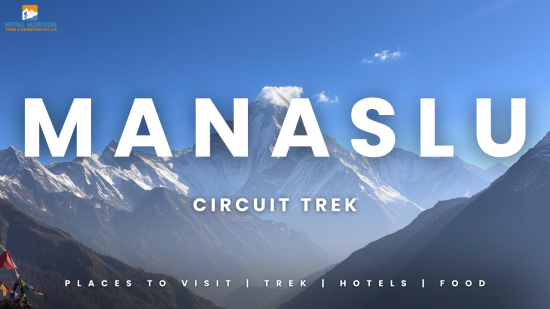Everest Base Camp Trek 2025: The Ultimate Comprehensive Guide
24th October 2025
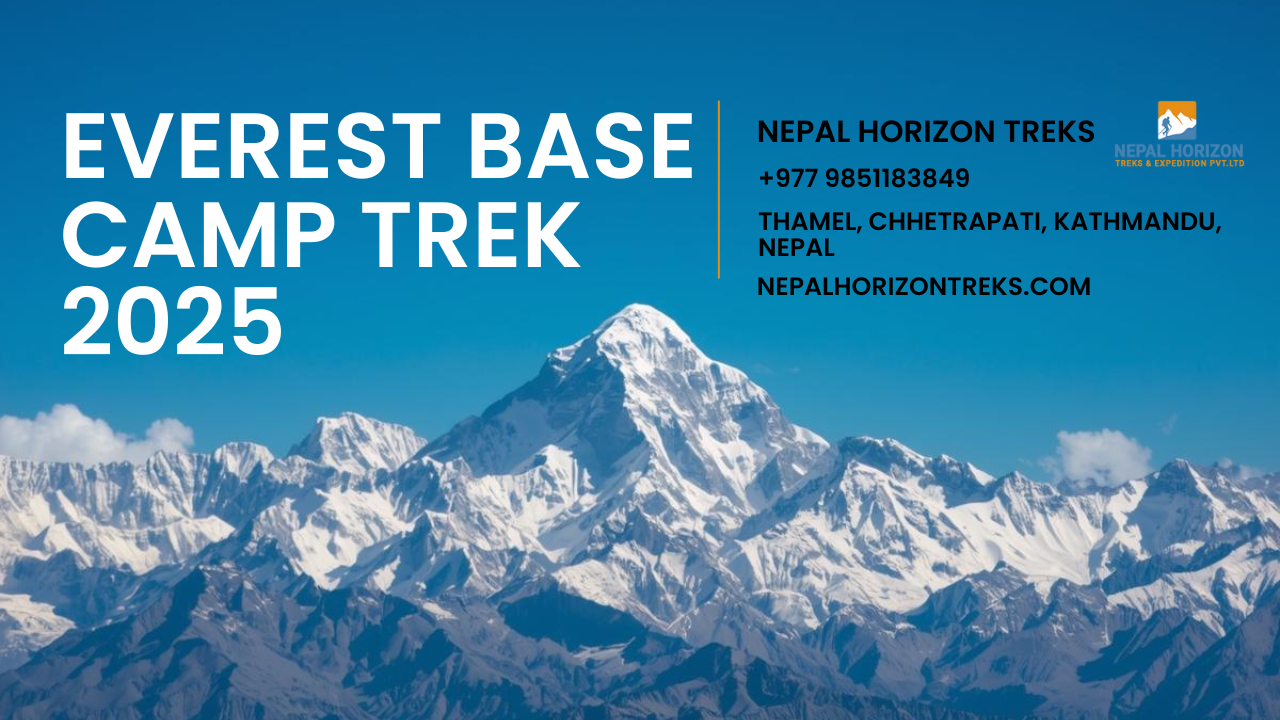
Introduction: Why the Everest Base Camp Trek is a Life-Changing Adventure
The Everest Base Camp (EBC) Trek is widely regarded as one of the most iconic trekking adventures in the world. Stretching across the breathtaking landscapes of the Nepalese Himalayas, this trek allows adventurers to witness the grandeur of Mount Everest, immerse themselves in Sherpa culture, and experience personal growth like never before.
Every year, thousands of trekkers from around the globe take on this challenge — some seeking adventure, others seeking self-discovery. Beyond the physical challenge, the journey offers spiritual and cultural immersion, from visiting ancient monasteries to connecting with local communities.
“Reaching Everest Base Camp is not just a physical achievement; it’s a journey that tests your mind, body, and soul.”
This guide will provide everything you need for planning the trek — from day-by-day itineraries, costs, and gear lists to health tips, Sherpa culture, photography advice, and eco-friendly trekking practices. Finally, you’ll be fully prepared for your Himalayan adventure.
Overview of the Everest Base Camp Trek
The Everest Base Camp Trek spans roughly 130 kilometers round trip, usually taking 12–16 days depending on your pace and itinerary. Trekkers start from the mountain airstrip at Lukla, following trails through pine forests, suspension bridges, glacial rivers, and vibrant Sherpa villages.
Key Trail Highlights:
- Lukla – A dramatic mountain airport and starting point.
- Namche Bazaar – The Sherpa hub and cultural center.
- Tengboche – Home to the largest monastery in Khumbu.
- Dingboche & Lobuche – Scenic villages along the trail.
- Gorak Shep – Last stop before Base Camp.
- Everest Base Camp (5,364 m) – Where climbers begin their summit attempts.
- Kala Patthar (5,545 m) – Best viewpoint for panoramic views of Everest.
Additional Tips:
- Carry a trekking map or download offline GPS maps.
- A route diagram can help visualize the trek stages.
Best Time to Trek: Weather, Conditions, and Ideal Seasons
Choosing the right season is critical for safety, scenery, and photography.
Spring (March–May)
- Highlights: Rhododendron blooms, moderate temperatures, stable weather.
- Temperature: 5°C–20°C in lower regions, –5°C–5°C at higher altitudes.
- Pros: Ideal for flora and scenic photography.
- Cons: Peak season; expect crowded trails.
Autumn (September–November)
- Highlights: Clear skies, spectacular mountain views.
- Temperature: 10°C–22°C lower regions, –2°C–10°C higher altitudes.
- Pros: Best visibility for Everest; great photography opportunities.
- Cons: High trekking season; book flights early.
Winter (December–February)
- Temperature: –10°C to 5°C.
- Pros: Fewer trekkers, peaceful trails.
- Cons: Snow can block trails; very cold; limited teahouse availability.
Monsoon (June–August)
- Heavy rainfall, slippery trails, landslide risk.
- Usually not recommended unless experienced.
Detailed 16-Day Itinerary for Everest Base Camp Trek
Here is a comprehensive day-by-day schedule including walking hours, difficulty, and optional side trips:
Day 1: Kathmandu → Lukla → Phakding (2,610 m)
- Flight: ~30–40 min from Kathmandu.
- Trek: 3–4 hours, easy to moderate.
- Overnight: Teahouse in Phakding.
Day 2: Phakding → Namche Bazaar (3,440 m)
- Trek: 5–6 hours, moderate, with steep sections.
- Highlights: Suspension bridges, Dudh Koshi River.
- Overnight: Namche Bazaar.
Day 3: Acclimatization in Namche Bazaar
- Short hikes to Everest View Hotel (3–4 hours).
- Explore local markets and Sherpa museums.
Day 4: Namche Bazaar → Tengboche (3,870 m)
- Trek: 5 hours, moderate, forested paths.
- Visit Tengboche Monastery.
Day 5: Tengboche → Dingboche (4,360 m)
- Trek: 5–6 hours, moderate to challenging.
- Ama Dablam and Lhotse views along the trail.
Day 6: Acclimatization in Dingboche
- Optional hike to Nagarjun Hill (~5,100 m).
- Prepare for higher altitudes.
Day 7: Dingboche → Lobuche (4,940 m)
- Trek: 5–6 hours, moderate.
- Stop at memorials for climbers.
Day 8: Lobuche → Everest Base Camp (5,364 m) → Gorak Shep (5,164 m)
- Trek: 7–8 hours, challenging.
- Visit Khumbu Glacier and climbers’ tents.
Day 9: Gorak Shep → Kala Patthar (5,545 m) → Pheriche (4,371 m)
- Sunrise hike: 2–3 hours to Kala Patthar.
- Descent to Pheriche for overnight stay.
Days 10–15: Return Trek to Lukla
- Reverse journey via Dingboche, Tengboche, Namche Bazaar, Phakding.
- Trek duration: 4–6 hours per day.
- Optional side trips: Khumjung Village, Khunde Monastery.
Day 16: Fly Back to Kathmandu
- Morning flight to Kathmandu.
- Optional city sightseeing in Kathmandu Valley.
Preparation and Training for the Trek
Physical Fitness is critical. Focus on:
- Cardio: Jogging, cycling, stair climbing.
- Strength Training: Squats, lunges, core workouts.
- Trekking Practice: Hike hills with a weighted backpack.
Mental Preparation:
- Long trekking days require focus, patience, and resilience.
- Practice mindfulness or meditation to handle fatigue and altitude stress.
Acclimatization Tips:
- Rest days at Namche Bazaar and Dingboche.
- Walk slowly at higher altitudes; follow the “climb high, sleep low” principle.
Essential Gear and Packing List
Clothing:
- Thermal base layers, fleece jacket, down jacket, waterproof shell.
- Trekking pants, gloves, hat, sun protection scarf.
Footwear:
- Waterproof trekking boots, gaiters, trekking socks.
Gear:
- Trekking poles, backpack (40–50 liters recommended), headlamp.
- Sunglasses (UV protection), sunscreen, lip balm.
Electronics & Accessories:
- Camera, power banks, extra batteries, phone with offline GPS.
- Optional: Drone (check regulations).
Health & Safety:
- First-aid kit, water purification tablets, altitude sickness medication.
Health, Safety, and Emergency Guidelines
Altitude Sickness Prevention:
- Ascend gradually, hydrate well, avoid alcohol.
- Recognize symptoms: headache, nausea, dizziness.
Emergency Planning:
- Local Hospitals: Namche Bazaar, Lukla, Pheriche.
- Rescue Options: Helicopter evacuation available in emergencies.
- Carry emergency contact numbers of local agencies and your trekking operator.
Costs and Budgeting for EBC Trek
Approximate Costs (USD):
- Budget Trek: $1,000–$1,500
- Mid-Range Trek: $1,500–$2,500
- Luxury Trek: $3,000+
Additional Expenses:
- Lukla flight: $160–$200 one-way
- Meals: $5–$15 per meal
- Permits (TIMS + Sagarmatha National Park): ~$50
Money-Saving Tips:
- Carry Nepali Rupees, limited ATMs on the trail.
- Book flights and accommodation early.
- Consider trekking in small groups for shared costs.
Sherpa Culture and Local Experiences
Cultural Highlights:
- Traditional Sherpa food: dal bhat, momo, butter tea.
- Visit monasteries, prayer wheels, mani walls.
- Festivals: Sagarmatha Mani Rimdu (Nov–Dec).
Interaction Tips:
- Respect local customs; ask permission before photography.
- Try homestays for authentic cultural experiences.
- Learn basic Nepali greetings: Namaste (hello), Dhanyabad (thank you).
Photography and Scenic Highlights
Top Spots for Photos:
- Sunrise at Kala Patthar for Everest views.
- Ama Dablam and Nuptse from Tengboche and Dingboche.
- Khumbu Glacier and Base Camp scenery.
Photography Tips:
- Golden hours: sunrise and sunset.
- Protect equipment from cold and dust.
- Drones: allowed in some areas; check regulations.
Environmental Responsibility
- Carry reusable water bottles; avoid single-use plastics.
- Stick to marked trails; do not litter.
- Respect wildlife and local customs.
- Properly dispose of waste; some teahouses have recycling options.
- Follow rules for trekking permits.
Frequently Asked Questions (FAQ)
Q1: How difficult is the EBC Trek?
- Moderate to challenge; no technical climbing skills required.
Q2: Can beginners do it?
- Yes, with preparation, acclimatization, and a guide.
Q3: Accommodation standards?
- Teahouses provide basic rooms, hot showers in select lodges.
Q4: Do I need a guide or porter?
- Recommended for safety, guidance, and carrying luggage.
Q5: Internet, ATMs, and mobile network?
- Limited network in villages; some teahouses have Wi-Fi.
- ATMs are available only in major villages like Namche Bazaar.
Conclusion: Make Your Everest Base Camp Trek Unforgettable
The Everest Base Camp Trek is more than just a journey — it’s a transformative adventure that tests your body, mind, and spirit. With proper preparation, gear, acclimatization, and respect for local culture, you can safely enjoy the breathtaking landscapes, meet inspiring Sherpa communities, and create lifelong memories.
The mountains are calling — pack wisely, trek responsibly, and experience the adventure of a lifetime.
Ready to Embark on Your Everest Base Camp Adventure?
Don’t wait to experience the adventure of a lifetime! Let Nepal Horizon Treks guide you safely to the heart of the Himalayas. Our expert team will handle everything — from flights and permits to guides, porters, and accommodation so you can focus on the journey.
📞 Call Us: +977 9851183849
📧 Email Us: info@nepalhorizontreks.com
📍 Visit Us: Thamel, Chhetrapati, Kathmandu, Nepal
Book your trek today and make your Everest Base Camp dream a reality!
Recent From Blogs
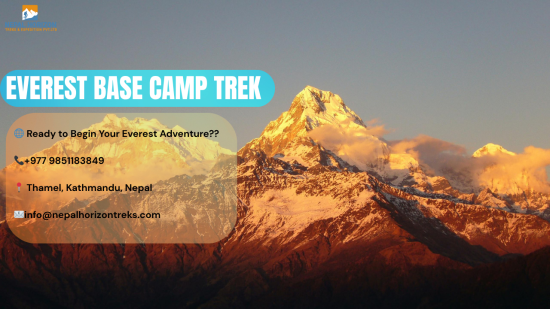
28th October 2025
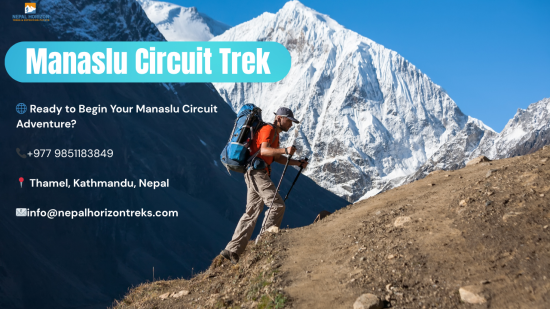
25th October 2025

24th October 2025
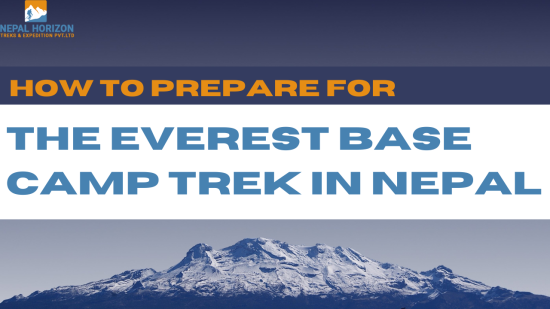
18th October 2025
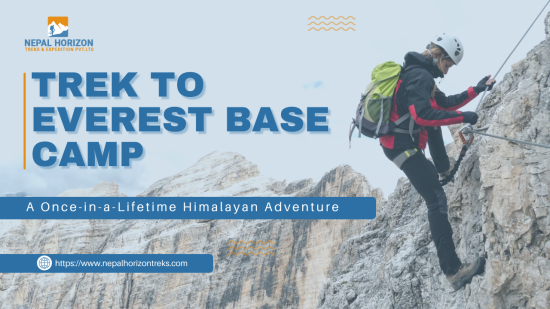
14th October 2025
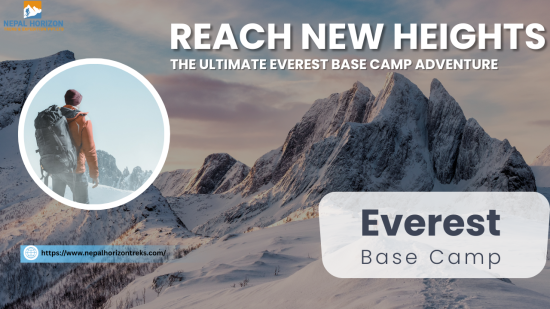
12th October 2025
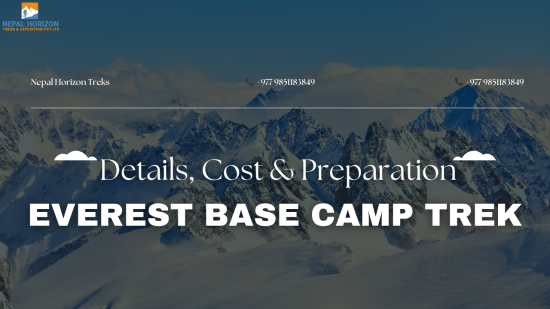
10th October 2025

7th October 2025


